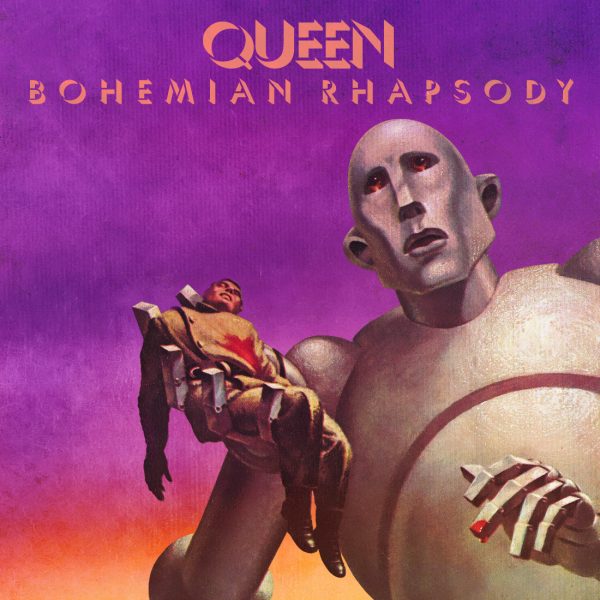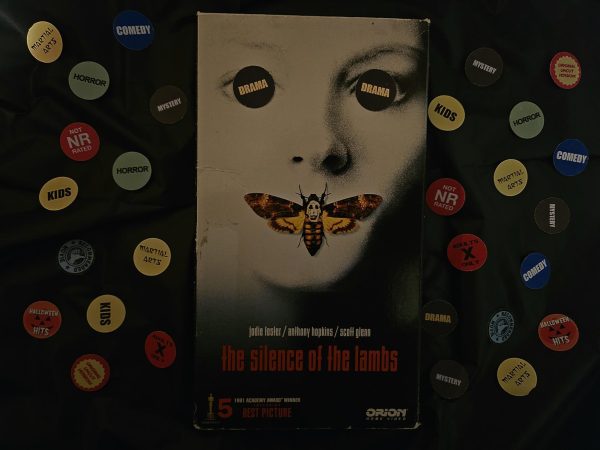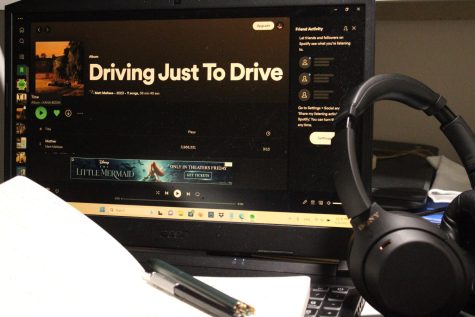What “Heartstopper” Does That Other LGBTQIA+ Portrayals in Media Have Failed To Do
A review on the recently released Netflix television series that follows the romance of two, quite different, British teenage boys.

“Heartstopper” on Netflix.
Released on April 22nd, 2022 the graphic novel adaptation “Heartstopper” focuses on the budding romance between bullied musician, Charlie and his classmate turned rugby teammate, Nick.
Based on the webcomic turned graphic novel by the same name, which was written by Alice Oseman, this Netflix television show is one of the first television shows aimed at adolescents that portrays LGBTQIA+ relationships in a soft light. Spoilers ahead!
As previously mentioned, the show mainly follows the romance of main characters Charlie and Nick, but it also explores the relationships of the recently out Tara and her eccentric girlfriend Darcy, along with Charlie’s closest mates, loving Elle and furiously loyal Tao.
The show discusses many relevant themes that are prevalent in all teenagers lives regardless of their sexual or gender identity including bullying, social media, feeling disconnected from friends, family issues, popular media, and feeling pressured to fit into societal standards.
I was pleasantly surprised by this show. Before watching, I found myself hesitant to be too excited, fully believing that the main relationship would not end happily, as most LGBTQIA+ relationships portrayed in the media do not.
However, this show was an anomaly, with the two main gay relationships blossoming despite the various adversity and homophobia they are faced with.
I particularly enjoyed watching Nick’s journey towards realizing his sexuality and sharing his discovery with others, finding tears spilling on my cheeks as I watched him finally come out to his mother.
One character that surprisingly grew on me throughout the show was Tao, the main protector of Charlie against his cruel and unrelenting bullies. Though he claimed to mean well, Tao constantly belittled Charlie, dismissing his feelings toward Nick, as well as being outright rude to Nick when the two were introduced.
Despite these misgivings, by the end of the show, I began to empathize with Tao, recognizing that he was just acting out of fear for his friends, not wanting him to get hurt once more.
Overall, I thoroughly enjoyed “Heartstopper” and its various characters. Not only did it successfully show happy LGBTQIA+ relationships in a way that was demonizing or overtly sexual (which has happened various times in the past) but it also portrayed young love in such an innocent and unique manner, with multi-colored leaves floating on spring whenever the characters shared a romantic moment.
I also believe that it is important for actual LGBTQIA+ actors to play LGBTQIA+ characters, and the cast of “Heartstopper” successfully checks that box.
I would absolutely recommend this show to other LGBTQIA+ youth that are searching for a gay romance that actually has a happy ending, or anyone that wants to watch a sweet, British rom-com.











